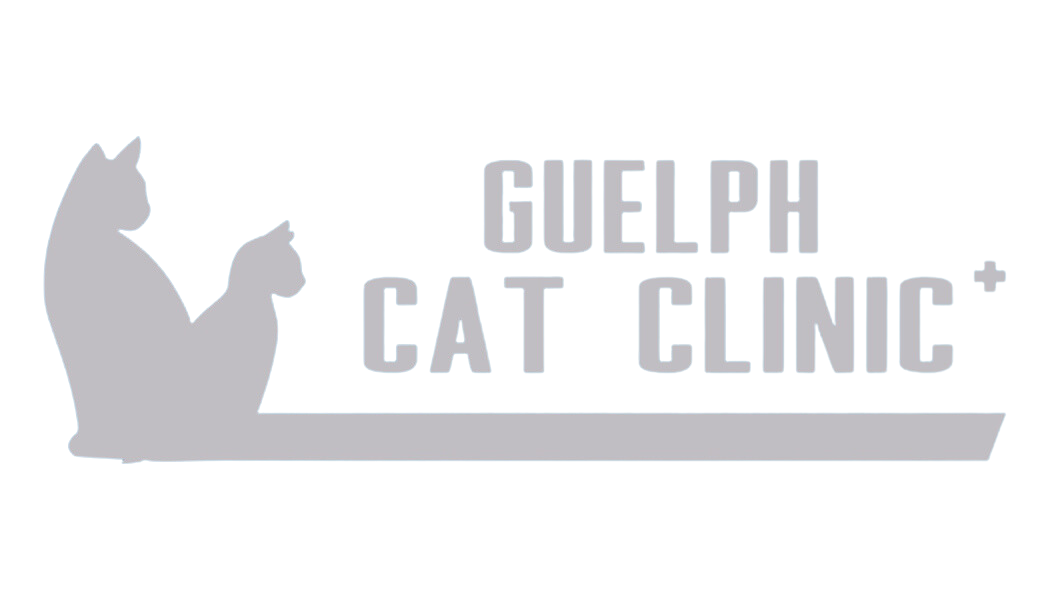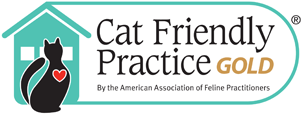Library
-
DNA is a large, complex molecule that carries the genetic information or “code” of an organism. All common forms of life carry a copy of their own genetic code in each of their cells, and each organism has a unique section of DNA that is just like a fingerprint. DNA-PCR is often used to detect the presence of infectious organisms.
-
Just like people, your cat can mourn when there has been a loss in their world, and the symptoms are similar. There are ways that you can help, with some guidance from your veterinarian or a behaviorist if needed.
-
Cats are not completely color blind, as they can see yellow and blue, as well as shades of gray. Their eye structure allows them to see better in dim light compared to people. Near-sightedness is common among cats.
-
Docusate (Docusate Sodium Bloat Preparation, DSS, Dioctynate®, Pet-Enema®, Enema SA®, Docu-Soft®, Anti Gaz, Bloat Eze, Bloat Go, Bloat Release, Bloat Treatment, Bloat-Lax) is a laxative medication used to soften dry or hard stools and assist with constipation and bloating in animals. It is prescribed for use in dogs, cats, horses, cattle, goats, sheep, and rabbits, but is not recommended for reptiles due to potential fatalities.
-
When a tooth is broken with the pulp exposed, there are only two choices for treatment: root canal therapy or extraction. Root canal therapy involves removing the pulp from the center of an injured tooth, sterilizing the canal, and replacing the removed pulp with dental materials; this prevents bacteria from penetrating the center of the tooth. Root canal therapy is less invasive than extraction but requires advanced training and specialized equipment.
-
Dorzolamide (brand names: Trusopt®, Cosopt®) is an antiglaucoma medication used off label in cats, dogs, and horses to treat increased eye pressure (ocular hypertension). Dorzolamide is given in the form of a liquid drop applied directly to the eye.
-
Doxycycline is an antibiotic given by mouth in the form of a tablet, capsule, or liquid, used off label to treat certain infections. Common side effects include stomach upset, sun sensitivity, and increases in liver enzymes. Serious side effects include liver failure, seizures, and trouble swallowing. Do not use in pregnant pets and use cautiously in pets with liver disease or in young pets. If a negative reaction occurs, please call your veterinary office.
-
This article reviews the advantages and disadvantages of the different food forms available for cats, including dry, canned, and semi-moist foods. Dry food, or kibble, is easy to portion control and can be fed in puzzle toys. Canned food is a good option but more expensive than kibble and does not last as long once opened. Semi-moist foods are generally not recommended as the main diet due to their high sugar and sodium content, as well as difficulty with portioning. Feeding a combination of canned and dry is recommended for young, healthy cats so that they are exposed to a variety of textures.
-
E-cigarettes are battery-operated devices used to create and inhale an aerosol composed of nicotine, flavorings, and other chemicals. If a companion animal ingests an e-liquid, signs of nicotine poisoning occur rapidly. The nicotine associated with e-cigarettes, even without tobacco, poses a serious health threat to dogs and cats.
-
Ear canal tumors are abnormal growths that can develop from any part of the ear canal (the skin, the glands of the skin that produce earwax and oil, and the underlying connective tissues, muscles, and bones). Initially, these tumors may appear as one or more pink, white, or purple nodular masses in the ear canal. If benign, they may grow to a certain size and may or may not be problematic. If malignant, they may grow, ulcerate (break open) and bleed, and nearly always become infected, causing recurrent or chronic ear infections. The treatment of choice for ear canal tumors is surgical excision.



